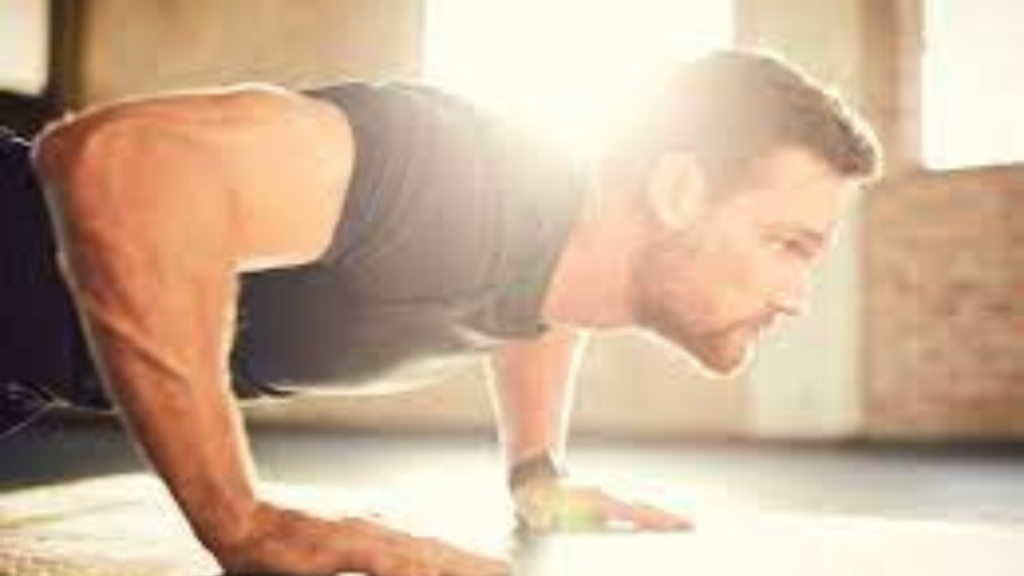
How do athletes perform at a top level beyond age 40? This 41-year-old reveals strategies that even regular guys can use.
I’m not an elite athlete. I’m just a guy on the precipice of middle age who enjoys running, biking, soccer, and tennis. If I can push myself to my physical limit a couple of times a week and still have the energy to crawl around with my daughter, then I’m satisfied.
That makes me a useful filter. The pros have unlimited budgets and few demands on their waking hours beyond making themselves fitter. If you want to spend thousands —or tens of thousands — to sleep in an oxygen pod wearing infrared pajamas, then knock yourself out. But chances are you care only about things that work, are safe, and fit your schedule and budget. So here are the things you can do to stay fit after 40.
1. Periodize your regimen
The importance of periodizing and the risks of not doing so have been drilled into my head by soccer coach Raymond Verheijen and exercise scientist Trent Stellingwerff, Ph.D.
For an elite athlete, periodizing can mean creating a structured program of buildup and tapering that yields peak fitness at a precise time. For me, it’s more about the principles: ramping up training gradually, preparing my body for specific demands, and avoiding fatigue. If you invite me to play soccer and I haven’t been keeping in soccer shape, or if I’m nursing an injury I could play through, I say no. Benching yourself sucks, but it doesn’t suck as much as missing an entire season because you got hurt.

2. Emphasize recovery
Elite lifters end their workouts differently than the rest of us do. Strength coaches talk about loading and unloading–that is, the former should always be followed by the latter. I now think in those terms. “Unloading” for nonlifters can mean yoga, foam-rolling, ice tubbing, running in water, or meditating. It encompasses both recovery and range-of-motion work that prevents the sorts of movement limitations and compensations that can build up over time and lead to injuries.
I used to consider happy hour a valid cooldown routine. Now I’m a fanatic about stretching and self-massage and have a closet full of straps, bands, foam rollers, and lacrosse balls to show for it. Committing to this is tough if your schedule is packed, which could tempt you to extend your workout and skip the stretching. That’s a bad tradeoff.
3. Go hard and easy
A percentage of your workouts should be high intensity, and the balance — say, 80 percent — should be performed at very low power. Again, I don’t stick to any formal program of polarization, but I try to avoid what Stellingwerff says is the most common mistake athletes make: going too hard on easy days and then not being able to go as hard as you want the next time out.
Instead, I make my hard workouts both shorter and more intense than I used to. Elite older athletes stay competitive by being more deliberate in their training, focusing their limited time on honing specific skills and correcting their fitness weaknesses. For me, this often means taking two minutes before I start to write up a plan on a sticky note. A little intentionality goes a long way.

